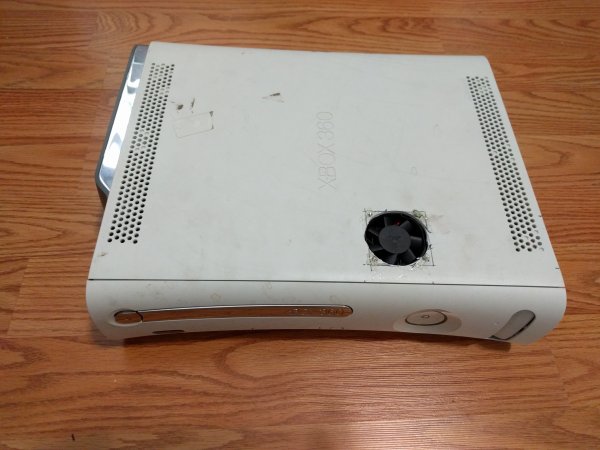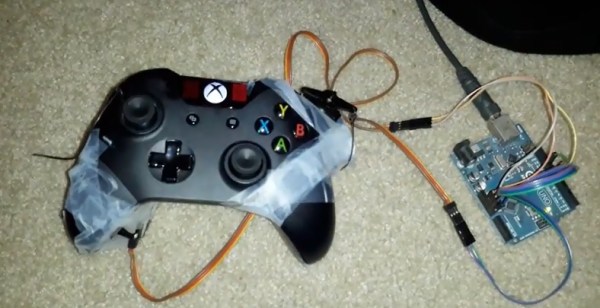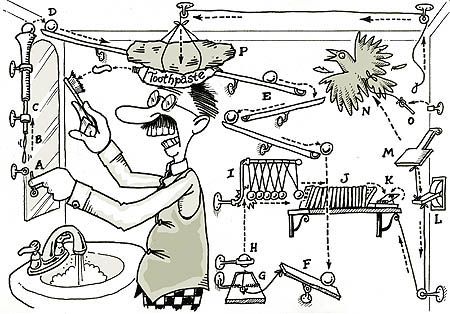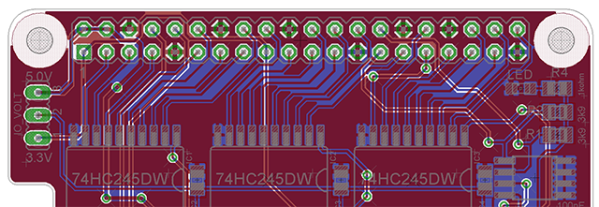There’s no holy war holier than establishing whether PC games are superior to console games (they are). But even so, there’s no denying that there are some good console titles out there. What if you’d still like to play them using a mouse and keyboard? If you’re [Agent86], you’d build up the most ridiculous chain of fun electronics to get the job done.
Now there is an overpriced off-the-shelf solution for this problem, and a pre-existing open-source project that’ll get the same job done for only a few bucks in parts. But there’s nothing like the fun in solving a problem your own way, with your own tangle of wires, darn it all! The details of the build span four (4!) pages in [Agent86]’s blog, so settle down with a warm cup of coffee.
Here’s the summary: an Xbox 360 controller is taken apart and turned into an Xbox controller. The buttons and joysticks are put under computer control via a Teensy microcontroller. GPIOs press the controller’s buttons, and digipots replace the analog sticks. Software on the Teensy drives the digipots and presses the buttons, interpreting a custom protocol sent over USB from the computer, which also gets some custom software to send the signals.
So if you’re keeping score: a button press on a keyboard is converted to USB, sent to a PC, converted to a custom serial protocol, sent to a Teensy which emulates a human for a controller that then coverts the signals back into the Xbox’s USB protocol. Pshwew!
Along the way, there’s learning at every stage, which is really the point of an exercise like this. And [Agent86] says that it mostly works, with some glitches in the mouse-to-joystick mapping. But if you’re interested in any part of this crazy chain, you’ve now got a model for each of them.




 Thanks to its small size it’s actually a fairly straight forward hack with minimal modification to the controller in order to make it fit. In fact, you only need to remove the memory card holder from the controller and snip one bit of plastic in order to make it fit right in the middle — awesome.
Thanks to its small size it’s actually a fairly straight forward hack with minimal modification to the controller in order to make it fit. In fact, you only need to remove the memory card holder from the controller and snip one bit of plastic in order to make it fit right in the middle — awesome.














